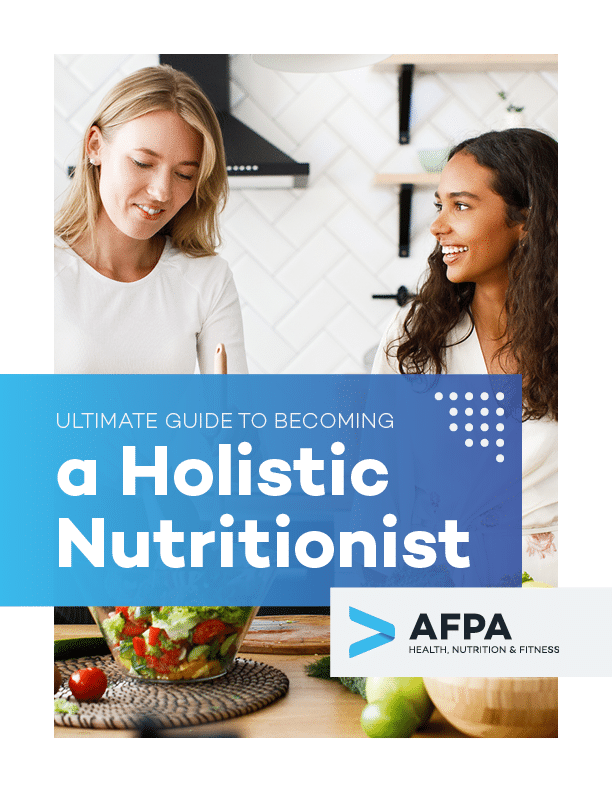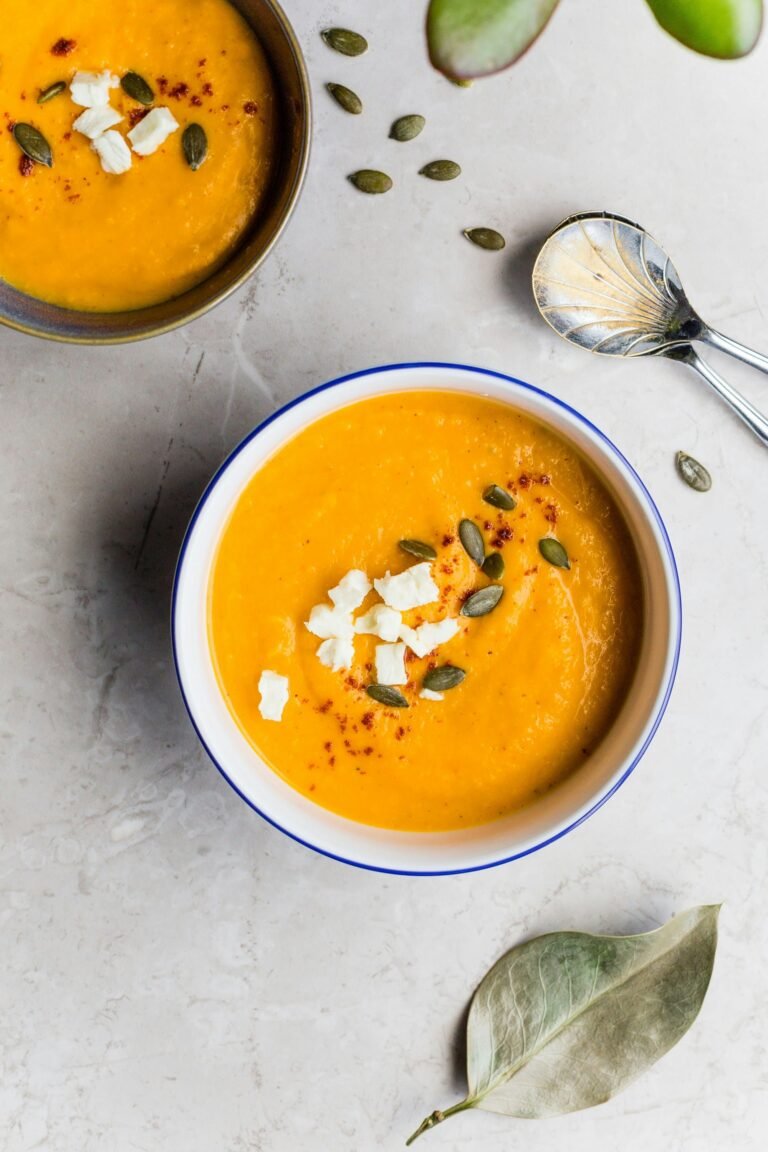As the leaves change color and the air gets crisp, fall brings an abundance of nutrient-dense superfoods.
These seasonal foods not only add warmth, variety and deliciousness to our meals, but also provide a host of health benefits.
The Science of Superfoods: Understanding Their Impact
Superfoods are nutrient-dense foods that offer significant health benefits. They are rich in antioxidants, vitamins and minerals, which are essential for the optimal functioning of our body.
Antioxidants, for example, fight oxidative stress, a process that can damage our cells and contribute to aging and disease. Vitamins and minerals, on the other hand, support various bodily functions, from bone health to immune response.
Fall superfoods, in particular, are packed with these beneficial compounds. They provide a natural defense against the common cold and flu, which are more prevalent during the fall and winter months.
Understanding the science behind superfoods can empower us to make informed dietary choices. It can also help health coaches and nutritionists with the knowledge to guide their clients toward healthier eating habits.
Why Fall Superfoods? Seasonal benefits explained
Eating seasonally is a practice that aligns our diet with the natural rhythms of the earth. It allows us to consume foods when they are at their peak both in terms of taste and nutritional value.
Harvested during the fall season, fall superfoods are not only delicious but also packed with nutrients our bodies need this time of year. They help boost our immune system, maintain our energy levels and prepare our bodies for the colder months ahead.
Incorporating fall superfoods into our diet is a simple yet effective way to improve our health and well-being. It’s a practice that aspiring health coaches can promote to encourage healthier eating habits among their clients.
Get your free guide to becoming a holistic nutritionist
Learn about the important role of holistic nutritionists, what it takes to be successful as one, and how to build a profitable career in nutrition.
Nutrition Powerhouses: Top Fall Superfoods You Should Know
Fall superfoods are packed with nutrients. They are packed with vitamins, minerals, antioxidants and fiber that can boost your health in many ways.
Here are some of the top fall superfoods to incorporate into your diet:
- Pumpkin
- Sweet potatoes
- Apples
- Pears
- Brussels sprouts
- Cabbage
- Salmon
- Mackerel
Each of these superfoods has its own unique nutritional profile and health benefits. Let’s dive deeper into each.
Pumpkin: A versatile vitamin A champion
Pumpkin is a fall favorite that is rich in vitamin A, which is essential for eye health. It is also a good source of fiber, which aids digestion.
Pumpkin can be used in a variety of dishes, from soups and stews to desserts, making it a versatile addition to your fall diet.
Sweet potatoes: Rich in fiber and filling
Sweet potatoes are another fall superfood that’s packed with nutrients. They are high in fiber, which can help you feel full and satisfied.
In addition to fiber, sweet potatoes are also a good source of vitamin A and potassium, which are essential for maintaining good health.
Apples and pears: The antioxidant duo
Apples and pears are autumn fruits that are rich in antioxidants. These compounds help protect your body from free radical damage.
In addition to antioxidants, apples and pears are also a good source of dietary fiber, which can aid digestion and help you feel full.
Brussels Sprouts and Kale: Cruciferous Miracles
Brussels sprouts and cabbage are cruciferous vegetables that are packed with nutrients. They are high in vitamins K, C and A, as well as fiber.
These vegetables are also rich in antioxidants, which can help protect your body from free radical damage.
Fall fish rich in omega-3: Salmon and mackerel
Salmon and mackerel are fall fish that are rich in omega-3 fatty acids. These fats are essential for heart health and brain function.
In addition to omega-3, these fish are also a good source of protein, which is essential for muscle growth and repair.
Harvest Health: The Intersection of Nutrition and Sustainability
Eating seasonally isn’t just about diet. It is also a matter of sustainability. When you choose fall superfoods, you support local agriculture and reduce your carbon footprint.
Seasonal foods require less energy to grow and transport. They are also often fresher and tastier. By choosing fall superfoods, you’re making a choice that’s good for your health and the planet.
So as you enjoy the flavors of fall, remember that you’re also contributing to a more sustainable food system. It’s a win-win situation.
Healthy fall meals for weight loss: incorporating superfoods
Fall superfoods can be a key part of a weight loss diet. They are full of fiber, which helps you feel full and satisfied. In addition, they are low in calories and rich in nutrients.
Consider starting your day with a bowl of oatmeal with diced apples and a dash of cinnamon. For lunch, a salad with roasted sweet potatoes, kale, and a source of protein can be a hearty, filling choice.
For dinner, try a piece of grilled salmon, a side of roasted Brussels sprouts and quinoa. And don’t forget the snacks! Pumpkin seeds can be a crunchy, protein-packed option.
Recipe ideas with fall superfoods
Looking for more ways to incorporate fall superfoods into your meals? Here are some ideas.
Start with a smoothie. Mix together a ripe pear, a handful of kale, some pumpkin butter, and a liquid of your choice. It’s a refreshing and nutrient-rich way to start your day.
For a warm lunch, try a soup with roasted pumpkin, butternut squash and or carrots, plus some coconut cream and a little nutmeg. Pair it with a slice of whole wheat bread for a balanced meal.
For dinner, consider a hash of sweet potatoes and Brussels sprouts. Top with a poached egg for added protein.
And for dessert? Baked apples with a dash of cinnamon can satisfy your sweet tooth without derailing your diet.
Storage and selection: Maximizing nutritional value
Proper selection and storage of fall superfoods can help preserve their nutritional value. For example, choose apples and pears that are firm and free of bruises. Store them in a cool, dark place to preserve their antioxidants.
Likewise, keep sweet potatoes and pumpkins in a cool, dry place. This helps preserve their beta-carotene content, which is essential for eye health.
Bottom line: Embracing fall superfoods for holistic health
Embracing fall superfoods is a step toward holistic health. These nutrient-dense foods support physical well-being, boost mental health and contribute to a sustainable food system.
Health coaches, nutritionists and wellness enthusiasts, let’s celebrate the harvest season. Let’s incorporate these superfoods into our diet and inspire others to do the same. Here’s to a healthier, happier fall!

Get your free guide to becoming a holistic nutritionist
Learn about the important role of holistic nutritionists, what it takes to be successful as one, and how to build a profitable career in nutrition.
